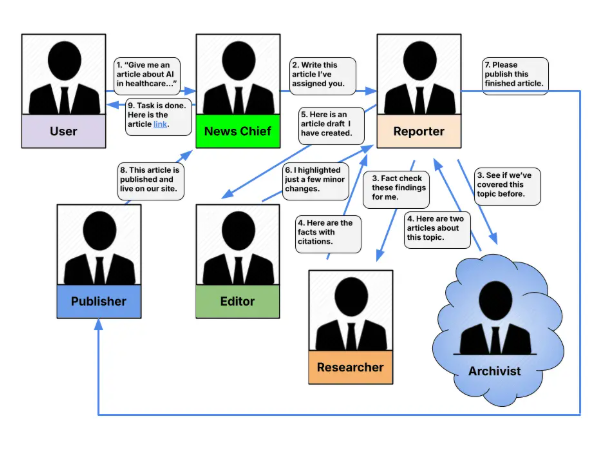Meta AI researchers have introduced MobileLLM, a new approach to designing efficient language models for smartphones and other resource-constrained devices. This research was released on June 27, 2024, challenging the assumptions about the necessary scale for effective AI models.
The research team consists of members from Meta Reality Labs, PyTorch, and Meta AI Research (FAIR), focusing on optimizing models with fewer than 1 billion parameters. This is a fraction of models like GPT-4, which have over a trillion parameters.
The main innovations of MobileLLM include:
- Prioritizing model depth over width
- Implementing shared embeddings and grouped query attention
- Utilizing a novel direct block weight sharing technique
This design choice allows MobileLLM to outperform previously similar-sized models by 2.7% to 4.3% on common benchmarking tasks. Although these incremental improvements seem small, they represent significant advancements in the highly competitive field of language model development.
Notably, the 350 million parameter version of MobileLLM demonstrates accuracy comparable to the larger 70 billion parameter LLaMA-2 model on certain API call tasks. This suggests that for certain specific applications, more compact models might offer similar functionality while using fewer computational resources.

The development of MobileLLM aligns with the growing interest in more efficient AI models. As progress on ultra-large language models shows signs of slowing down, researchers are increasingly exploring the potential of more compact and specialized designs. Although named "LLM," the focus on efficiency and device deployment places MobileLLM in the same category as what some researchers refer to as Small Language Models (SLM).
While MobileLLM has not been opened to the public yet, Meta has released the pre-trained code as open source, allowing other researchers to continue studying based on their work. As this technology develops, it may bring more advanced AI features to personal devices, although the timeline and specific features are still uncertain.








